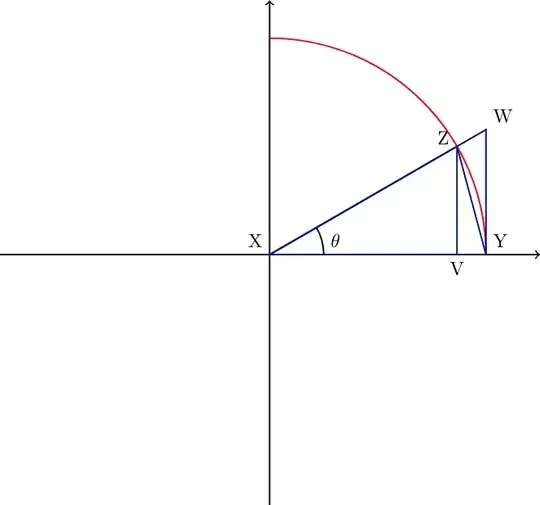Archimedes used the fact that
$\sin(x)< x< \tan(x)$ when $0< x < \cfrac{\pi}2$
to prove that the perimeter of a polygon inscribed in a circle is less than the circumference of the circle. Similarly, he used this to show that the perimeter of a polygon circumscribed about a circle exceeds the circumference of the circle. I want to get some idea as to how Archimedes proved the above result.
